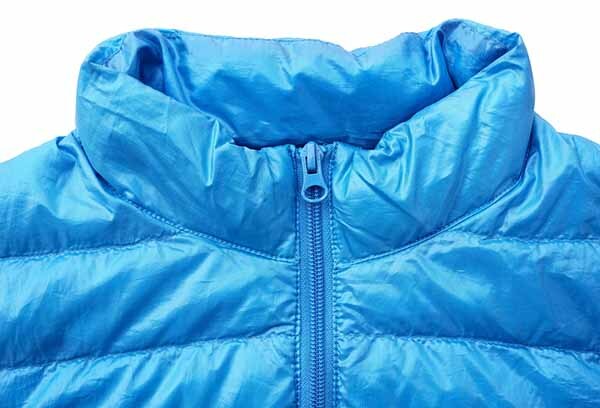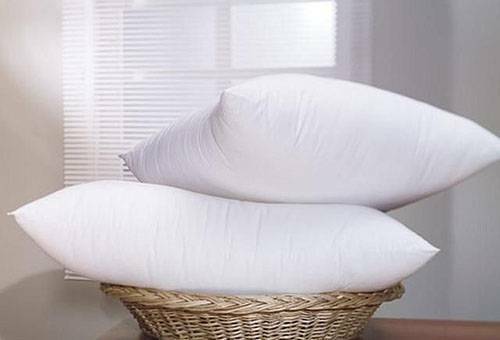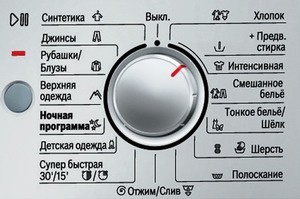In order to achieve efficient operation of equipment for washing should understand how to properly install the drain hose washing machine. This must be done so as to ensure unhindered and safe discharge of waste water into the sewage pipes. Carry out work can be uninvited expert hands.
Content
- 1 Selecting a location
- 2 Tools and consumables
- 3 The main ways to connect
- 3.1 Drain the bath, sink or toilet
- 3.2 Stoke by Tee
- 3.3 Siphon check valve
- 3.4 Draining the pipe through the sidebar
Selecting a location
In this case, the decisive role played by the distance from the sewer to the washing machine. Within the boundaries of the standard city apartment or private house it is often put in the bathroom, sometimes in the kitchen.
The kitchen sink is usually organized through a frame or siphon regardless of the distance to the communication. Drain through the edge of the sink is unacceptable for sanitary reasons.
Inside the bathroom the choice is much wider:
- instead basin;
- next to the bathroom in front of the road sewage;
- near a sink or toilet.
In all embodiments, the drain can be connected in several ways, which are described in the table.
| Location placement | The best ways to drain |
|---|---|
| Instead of sink basin | Via syringe or sidebar |
| Next to the bathroom in front of the road sewage | Through the edge of the bath |
| Next to a sink or toilet | Sidebar or through a siphon As an additional option and least expensive - in edge of a sink or bowl |

Tools and consumables
The choice of instruments affects the material from which the sewage pipes. But in most cases fit the following set:
- and adjustable wrench;
- drill;
- screwdriver;
- cutter, if necessary, work with a pipe made of metal.
Also, a set of materials can be supplemented with other equipment based on the selected method of discharge:
- hose, the length of which depends on the distance of the connection;
- seals;
- ball valve;
- screws when connecting via the edge of the bath;
- tee in the organization of the drain with the standard equipment;
- the siphon to the nozzle;
- silicone sealant or liquid rubber.
After the preparation of the necessary tools and consumables you need to determine the best way to be able to get to work.

The main ways to connect
Connect the washing machine drain to the sewer can be for a variety of schemes, each of which has its advantages and disadvantages. Among the main options usually indicate the flow of water after washing with:
- Region washbasins, baths or toilets;
- a nozzle with a tap, which is mounted above the trap;
- siphon provided with the challenge;
- inset into the sewer.
Select the method should be based on the position of the washing machine in the room.
Drain the bath, sink or toilet
This option is the most simple and economical - a minimum set of tools necessary for it. In addition, there is no need for consumables, because everything you need is included in the washing machine.
When draining through the edge of the sink or the toilet bent for this purpose hose just clings to the edge of plumbing, and after washing is suspended for a permanent attachment. The disadvantage of this method - a threat to the runoff from flooding the room and maybe the bottom neighbors.
Properly organized through the drain edge of the bathtub safer. Procedure is simple and consists of a sequence of actions:
- Drill a hole on the bathroom under the cap with the expectation that the edge of the tube at suspension was in the bathroom.
- In this hole, screw screw.
- Equipped with a plastic bracket corrugated hose with a hole for attachment detach from the back wall of the machine and hook it over the screw.
Such attachment eliminates disruption as a result of careless actions or washing machine vibration. However, shortcomings still remain:
- during washing can not be washed;
- waste water contaminates the bath surface, spoiling the coating;
- After each wash, you must clean the bathroom.
Stoke by Tee
This connection is established under the sink with a tap of a special nozzle. For this:
- Disconnect the drain pipe that goes from the sink.
- Put tee as high as possible - preferably under the sink hole, to prevent the return of water release.
- Return the equipment in place.
- Connect the extension hose to the nozzle.
- Tighten the seat clamp fitting.
To exclude the appearance in the washing tub odors should braid tube closer to the connecting beech S, without bending section and the tube without blocking the free flow of water.
To prevent damage to the tube connections must be secured so that they do not restrict freedom of movement.
Siphon check valve
If properly connect this system to the sewage system, it will not allow the emergence of extraneous odors and waste water infiltration due to the built-in check valve. Costs at the same time will be a little more, but they are justified.
The process connection is similar to the past, but has some differences:
- Instead, put a new tee trap and its removal is necessary to wear hose.
- When inserting a pipe connection fixed sealing sleeve, which usually comes or purchased separately.
- Location insertion can be sealed for better protection from the smell of sewage.
Draining the pipe through the sidebar
If there is an additional outlet in the pipe will have to do some work on its installation, which would require a pipe cutter. After the completion of the most time-consuming step is necessary:
- Twist the drain extension hose or the letter S, which will compensate for the absence of the check valve.
- At the lower end of the hose wear sleeve so that its tip has performed no more than 5 cm.
- Insert the tube with the clutch removal.
Properly equipped with drain waste water provide proper washing and deliver a lot of trouble. Always check their actions with the instruction that comes to the washing machine.



